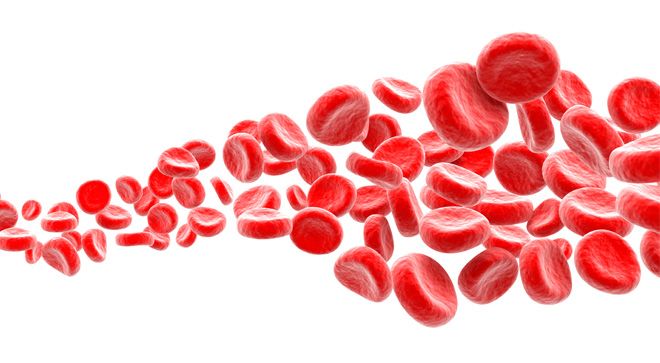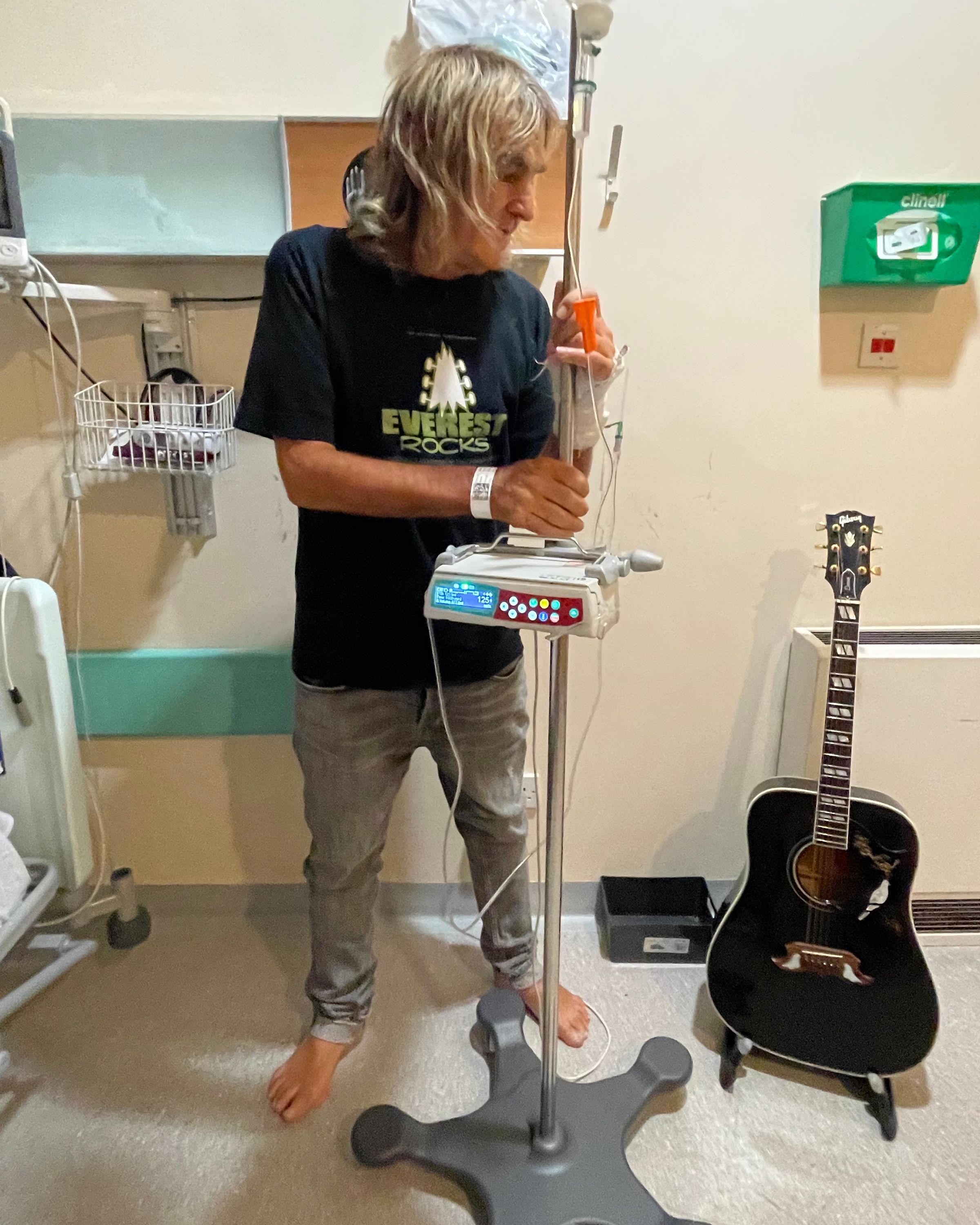Article
chemoWave Propels Patients to Take Back Control in Cancer Treatment
Author(s):
The chemoWave app, launched in July 2017, is designed to manage cancer symptoms and conditions by keeping track of a patient’s overall well-being.
An application designed specifically for patients has enabled individuals and their loved ones to help address treatment-related side effects and gain back control along the way in their cancer journeys.
Launched July 2017, the chemoWave app is designed to manage cancer symptoms and conditions by keeping track of a patient’s overall well-being to understand how their experiences may be related to feeling better or worse during treatment.
“There is a plethora of resources out there, most of which provide general information. chemoWave is actually providing patients with practical, actionable insights based on what they have logged. It is based on their own personal experience,” Matt Lashey, creator and CEO of chemoWave, said in an interview with CURE.
In addition, patients and their caregivers can record the treatment journey to see customized insights that may help them to take action with their health care teams.
Lastly, the app helps patients and their loved ones share their cancer journey because it enables individuals to choose who they want to share with, while also sending personalized reports and information.
Before the Surf
Four years ago, Lashey and his partner Ric, went through their own journey with cancer when Ric was diagnosed with non-Hodgkin lymphoma. Per the norm, the pair searched the internet for answers only to find confusion and feelings of anxiety and being overwhelmed.
“Nothing seemed to make sense to us. So much of what I would find in one resource would be completely contradicted in the next,” Lashey said. “It just seemed like we were going in to this downward spiral at the beginning. When things like that happen, you sort of gravitate toward what you know.”
With a background in research and data analysis, Lashey created his own system, essentially recording everything Ric did and experienced while going through chemotherapy. “Everything from his medication he was taking and when, what symptoms or side effects did he encounter, how was he feeling physically and emotionally on a daily basis, when was he eating his meals and exercising,” he added.
During their aha moment, Lashey started to record why Ric was experiencing severe and debilitating constipation. In analyzing his spread sheets and charts, Lashey realized the side effect coincided with the same days Ric was taking a particular anti-nausea medication.
In turn, they took their findings to their next doctor’s appointment. “Not only was there another anti-nausea medication that Ric had tried, but there was a list of 30 different possible medications,” Lashey said. “That was empowering to us because we started to understand that it was not just a one-size-fits-all solution, that there were options in our scenario.”
So, that experience prompted Lashey to record everything from there on out. “As his caregiver, I started to recognize patterns and (his doctors) could start to be more proactive and strategic about his daily activities,” he added.
And of course, Ric’s health care team loved the idea and ultimately helped in his overall treatment. “Our doctor loved it because when we would come in to our visits we would point to exactly what was happening and when, and also try to resolve and talk about our options and really have an efficient time with that. That is ultimately what led to chemoWave,” said Lashey.
Propelling the Wave
After Ric’s treatments, the couple agreed how helpful this idea was, and with their doctor’s agreeance, Lashey and Ric decided to make it available to all patients.
For starters, why the name chemoWave? When Ric began chemotherapy, he compared the experience to drowning in the ocean: trying to tread water before exhaustion sets in, trying to keep one’s head above water, and while trying to catch a breath, having a wave come crashing in again and again.
As a native of Manhattan Beach, Lashey quickly realized that surfers have a much different experience with the ocean in that, “they actually learn to propel themselves with the wave.”
“chemoWave helps patients to learn how to navigate those medications that can sometimes be more detrimental than helpful,” he added. “Helping patients learn to navigate the wave and propel themselves, that is essentially what chemoWave does. It helps them propel themselves on to the shore through treatment.”
And just like that, chemoWave was born.
Although it has not quite been a year, Lashey said the feedback has been overwhelmingly positive. “People time and again say that they have so much more clarity now on what they are experiencing and having a sense of control in what was at the beginning what seemed like a very uncontrollable situation,” he added. “We are helping them to potentially manage the emotional and physical role of chemotherapy.”
Health care teams seem equally appreciative of the technology because “it is helping them to make confident decisions and helping them to better manage what a patient experiences throughout treatment vs. patients having to sort of sit back and take it and suffer in silence. It is really facilitating those conversations and creating much more collaborative care and treatment experience.”
Future Waves
Since its launch, Lashey and crew have incorporated feedback in to the second version of the chemoWave app — developed by Treatment Technologies & Insights (TTI) – including automatic tracking.
In addition, TTI plans to launch a version of the app in Spanish.
Next, Lashey would also like to initiate a chemoWave version for caregivers as well. “They are likely to experience feelings of anxiety, fatigue and stress, and all of the things that the patient might be experiencing too,” he explained.
And one day, Lashey would like to expand the app’s use to all patients with a variety of health issues like those receiving immunotherapy, HIV-positive patients, or those who face problems with fertility.
“My biggest piece of advice is that (patients) do actually have control,” Lashey said. “The better you can be in collaborating with your doctors, the better you can be at managing those horrible issues throughout your treatment.”
The chemoWave app is available free for download in the Apple store. For more information, visit: http://chemowave.com.




